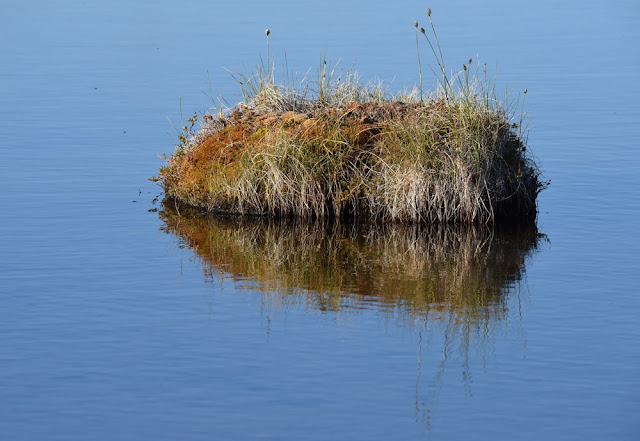I am not long back from a week on Keswick Island, one of the Cumberland group of islands in the southern part of the Whitsunday archipelago, off Mackay, Queensland, Australia. Only a week, but it has taken me about the same time to identify the butterflies I saw there. They were so easy to see that I saw most in one day, every day. I am now confident of about twenty species, thanks to help in the identification by Suzi Bond. There were about another ten species that I saw but could not grab a photograph of, and it is winter, or rather the dry season there. Here are some of my pick-of shots.

Blue Tiger Tirumala hamata, these were the most abundant species, clusters of them were roosting under branches when I first went out for a walk in the evening after unpacking the bags. I had gone out to listen and spotlight for wildlife, and this was so unexpected. Next morning there were clouds of them fluttering in the forest rides.

Varied Eggfly Hypolimas bolina - male. These butterflies were also abundant, although never in clouds. They seemed to be slow starters in the morning, much easier to photograph than the tigers. They have a lovely velvet sheen on their wings.

Clearwing Swallowtail Cressida cressida - male, probably the second most common species. Many were freshly emerged with clean edged wings and lustrous shine. The glasswing occurs because there are no coloured scales on the translucent parts of their wings.

Clearwing Swallowtail - female. This lady still has soft wings, which are bent on the fore edges. She was fluttering low from nectar-bearing flower to the next, keen for a feed, energy and agility. Her second life had begun. What a gorgeous face.

Varied Eggfly - female. Not all the butterflies were fresh, this one was old, as can be seen by her tattered wings, very tattered wings. As this was in mid-dry season, I wonder when she emerged.

Orange Palm Dart Cephrenes augiades. Not all butterflies are large and dramatic. This species was abundant and well worth a close look. Its wingspan is only 40 mm, and see how it holds its wings, the fore-wings are half-erect. Its body was covered with hair-type cells, so it would endure the cooler nights quite easily. The temperature dropped to only a few degrees on several nights during my stay.

Purple Cerulean Jamides phaseli. We can't see it when the wings are held closed, but when this one flies it flashes a delightful purple-gloss upper-wing. Again, a lovely face, with marvelous antennae.

Orange Ringlet Hypocysta adiante. One of the trickier species to photograph. I could not capture one with its wings spread. These lived along the rough roadside vegetation, basking on the path, grasses or as here on stones. Both this and the next shot show how well they are camouflaged and disappear from our relatively poor sight when they land.

Orange Ringlet. This one was siphoning water from a mud-puddle. A favourite drinking method by butterflies. Meanwhile it is safely concealed by its resemblance to the background leaf.

Orange Bush-brown Mycalesus terminus. It is there, it is the same specimen as in the next image, so use that as a guide to its whereabouts in this picture. So many butterflies are difficult to see when they land. We tend to have to flush them first by accident, then watch until they land again. I memorise the exact surroundings, mark the spot and creep up slowly for a close view.

Orange Bush-brown. Now, can you see it. The shadow of the grass across the wing hides it from this angle, matching the dark fore-edge to the wings.

Monarch Danaus plexippus. It goes dark early in the tropics and by late afternoon most of the butterflies were slowing down and settling to roost as it grew dark. Each species have there own roosting sites, and this Monarch was amongst the Blue Tigers, back in the first roost I discovered. Thirty species in one day, perhaps more. Not a bad winter count. What is it like in summer.























